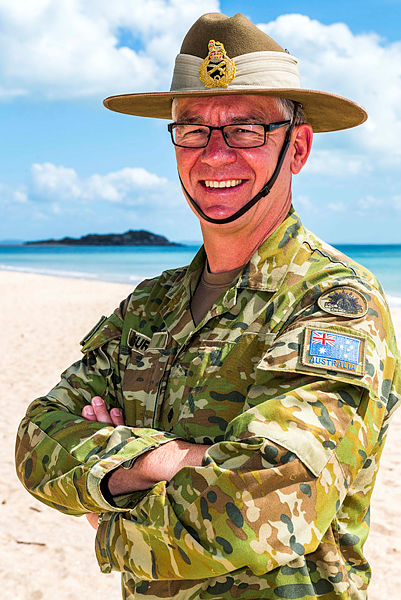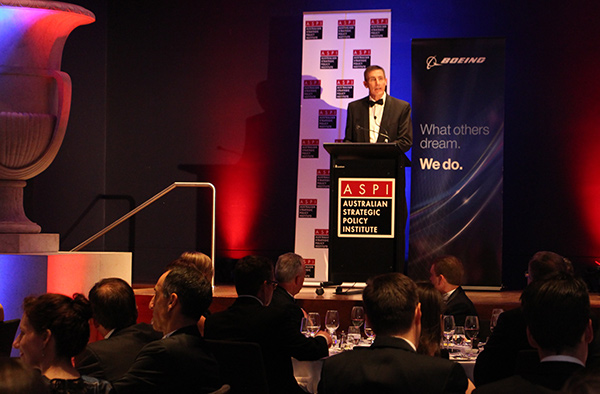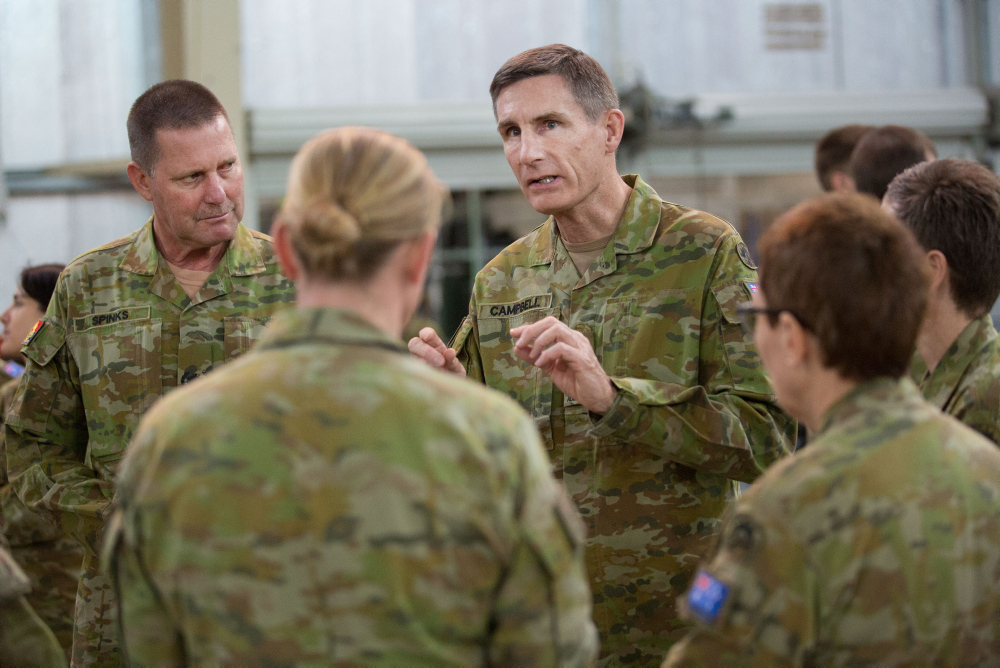Australian Army chief diagnoses three key challenges to the army profession

In the 19 months since the Defence Strategic Review, the Australian Army has prioritised the development of littoral warfighting concepts, positioned the division as the main unit of action in its command and control arrangements, and adopted a capability-first approach to training and tactics. Yet, it still faces important historical, cultural and institutional challenges that constrain its ability to adapt.
In a speech at the Australian National University National Security College on 25 November, Chief of Army Lieutenant General Simon Stuart provided an update on how the army was confronting these challenges and transforming for an era of uncertainty.
Stuart framed issues of jurisdiction, expertise and self-regulation as core challenges to the modern army profession. This problem set indicates a welcome return of discussions around traditional notions of war and peace.
Professional jurisdiction defines the space within which the military’s unique expert knowledge is applied. The diffusion of the role and responsibilities of armed forces as the military element of national power influences the social contract between a state, its military and the public.
While service members will continue to assume ‘unlimited liability’ to willingly sacrifice themselves in defence of the nation, the degree of ‘limited liability’ extended to soldiers taking life in the nation’s interest is in constant flux. This is because of the growth of irregular state forces, the proliferation of off-the-shelf lethal technologies, the employment of military contractors and the recognition of the cyber and space domains of warfare have diminished the monopoly on the ethical application of violence that armed forces have traditionally held.
Given that an army cannot self-select its jurisdiction, Stuart advocates for increased good-faith collaboration between the Australian government, the wider public and the military to promote healthy civil-military relations. This directs the army to evolve its image beyond that of a First World War paradigm and to embrace civic virtues and service in ways that generate solutions for military recruitment and retention. For example, it may undertake community outreach to increase awareness about what the army does and how service contributes to nation-building and belonging.
The army’s capacity to apply expertise in land warfare to deter potential adversaries and protect Australia’s interests depends on its training and education systems. These systems, according to Stuart, must be enough to ‘win the battle of adaptation in the face of a major war in our region’. If not, the army may struggle to bring in new equipment, tactics and doctrine in a timely manner or be intellectually ready to adapt in war.
Army leadership is looking to address its professional development opportunities. At present, personnel progressing through the army’s command and leadership pathways are awarded merit based on ‘attendance and participation rather than grading’. Not only is this insufficient to meet the future testing requirements of modern large-scale operations; it’s also unlikely to instil in every soldier the belief that they’re an exemplar of the army profession. To bridge this gap, Stuart flagged the possibility of the army adopting an education and training system that incorporates annual assessment.
For Stuart, the final and most pressing challenge is the army’s ability to self-regulate in order to uphold professional standards on battlefields. This ability is essential to maintaining public trust and ensuring that army personnel act in accordance with ethical principles. Accordingly, Stuart sees a more robust system of oversight and command accountability as part of the solution to prevent misconduct and maintain public confidence once deployed.
The recorded instances of unlawful conduct in Afghanistan involving Australian special forces—which were systematic, deliberate and occurred through multiple generations of forces—show how the army must improve its capacity to self-regulate. Stuart’s own reflections on how to prepare for land warfare focused on command accountability and culture.
Command is a component of unlimited liability: it requires the army to explicitly articulate a commander’s responsibilities and then provide commanders with the resources needed to achieve success. This is the only way that future commanders can fully accept the burden of command and accountability for the outcomes of their decisions. Culture is fundamental to command accountability as it helps ensure that soldiers are physically, mentally and morally resilient in combat. Together, these concepts work to save the lives and humanity of Australian soldiers.
Solving the challenges associated with jurisdiction, expertise and self-regulation will take a concerted effort. The scale of the task can’t be overstated, particularly at a time when the army is progressing a major equipment recapitalisation program and falling short of set workforce targets.
Success in this will support the army’s broader initiatives to build authenticity, credibility and transparency in the ADF and with partner forces in the region. While much remains to be done, the Chief of Army’s speech has enhanced discussions around the cultivation of the army profession—this is a good start.


 New army chief Rick Burr encourages his troops to embrace a new sport with a deadly serious purpose: drone racing. Various types of small ‘copters and fixed-wing aircraft blast around obstacle courses and through rugged terrain as the men and women controlling them build up skills they’ll need on the modern battlefield.
New army chief Rick Burr encourages his troops to embrace a new sport with a deadly serious purpose: drone racing. Various types of small ‘copters and fixed-wing aircraft blast around obstacle courses and through rugged terrain as the men and women controlling them build up skills they’ll need on the modern battlefield.

